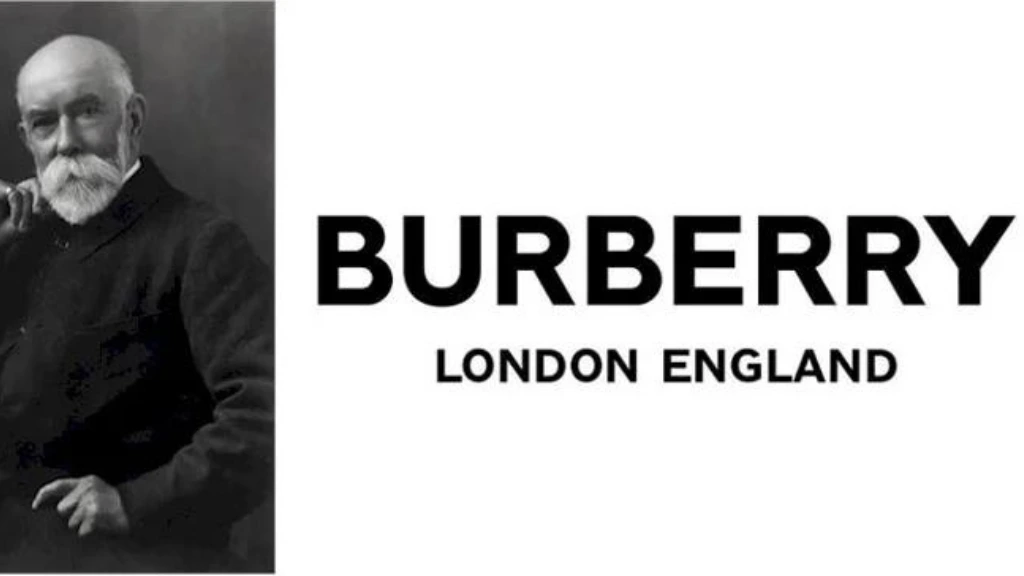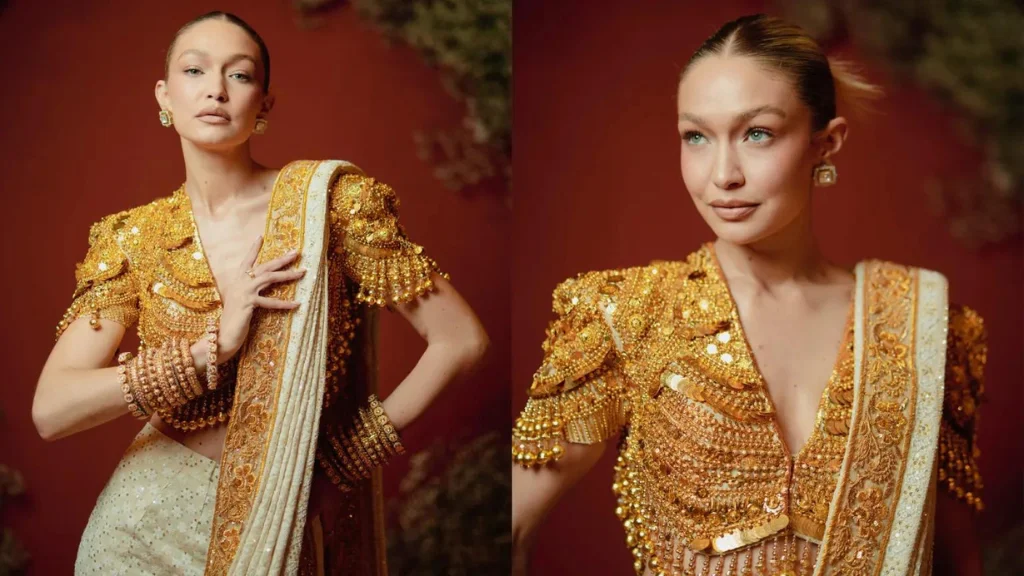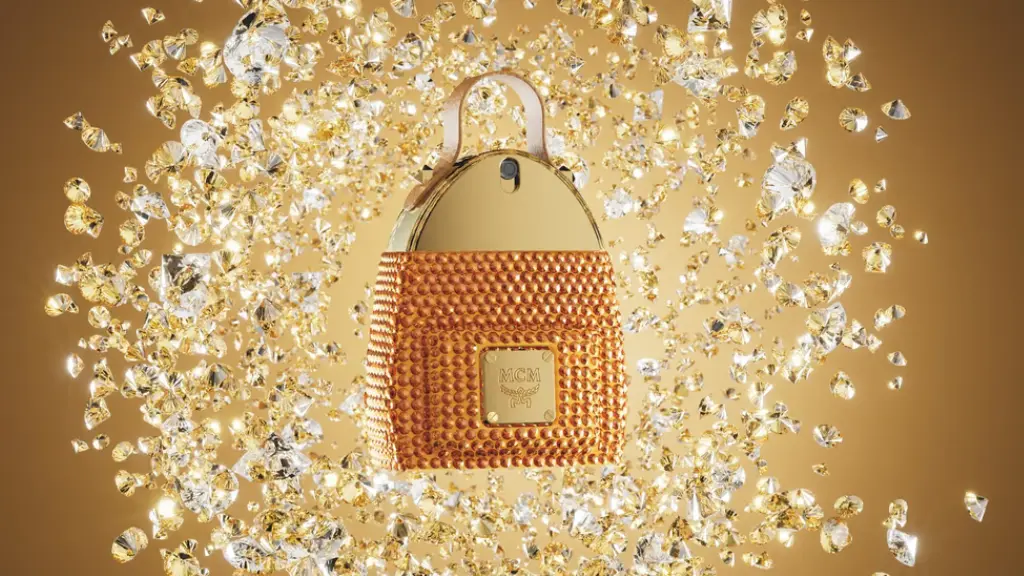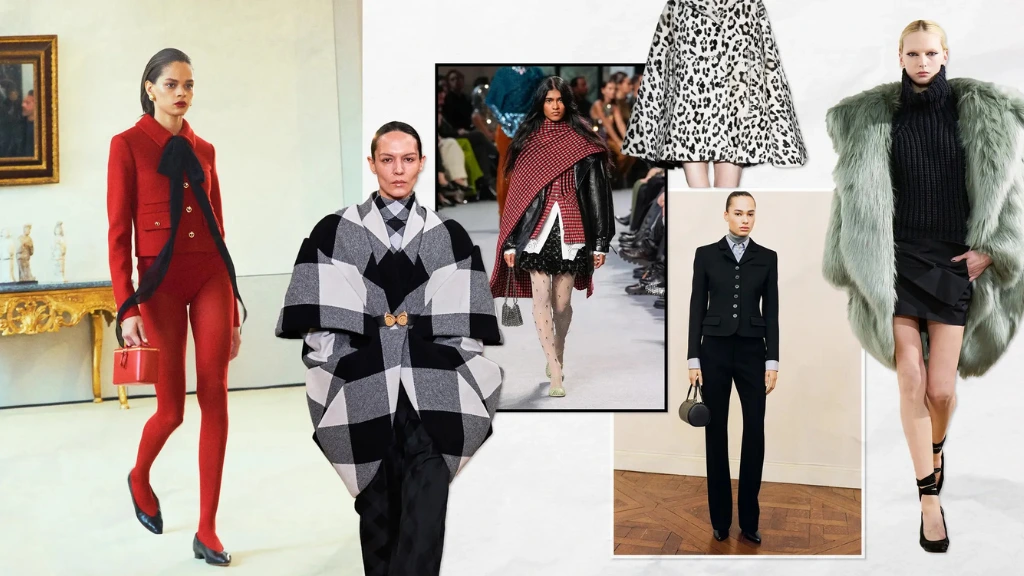Few brands embody the blend of heritage and modernity quite like Burberry. This iconic British fashion house, founded in 1856, has long been associated with its signature trench coat and distinctive check pattern. But Burberry’s story is more than just about clothing—it is a tale of innovation, craftsmanship, and a brand that has evolved to remain relevant in a fast-changing fashion landscape.
From its humble beginnings as an outfitter for outdoor attire to becoming a globally recognized luxury brand, Burberry has made its mark on the world stage. In this blog, we’ll explore the brand’s history, its impact on American fashion, Burberry’s unique product lines, its efforts in sustainability, and how the brand has embraced modern digital strategies to stay relevant.
You May Also Like: CHANEL: The Timeless Elegance of a Global Luxury Icon
The Birth of a Fashion Icon: Burberry’s Humble Origins
Burberry was founded in 1856 by Thomas Burberry, a young draper from Basingstoke, England. Originally, the brand was focused on producing durable outdoor clothing, and it wasn’t long before Burberry’s products became known for their exceptional quality.
One of the most significant innovations in Burberry’s early history was the invention of gabardine in 1879. This tightly woven, water-resistant fabric revolutionized the world of outerwear. Unlike other fabrics of the time, gabardine was breathable, weatherproof, and perfect for the unpredictable British climate. It quickly became the fabric of choice for adventurers and explorers, including Sir Ernest Shackleton, who wore Burberry garments on his Antarctic expeditions.
The Iconic Trench Coat: A Design That Defined an Era
Perhaps the most recognizable symbol of Burberry’s legacy is the trench coat. Originally designed during World War I, the trench coat was commissioned by the British military as practical wear for officers in the trenches—hence the name. Made from Burberry’s signature gabardine fabric, it featured functional details like epaulets, storm flaps, and a belt, making it both practical and stylish.
After the war, the trench coat transitioned from military uniform to a fashion staple. Hollywood stars like Audrey Hepburn in “Breakfast at Tiffany’s” and Humphrey Bogart in “Casablanca” helped cement the trench coat as a symbol of timeless sophistication. Today, the Burberry trench coat is as iconic as ever, regularly updated in Burberry’s seasonal collections but always maintaining its classic design elements.
Burberry’s Signature Check: A Global Symbol of Style
Burberry’s famous check pattern, known as the Burberry check, has become a hallmark of the brand. Introduced in the 1920s as a lining for its trench coats, the beige, black, red, and white pattern quickly became a symbol of luxury. Over the decades, the check pattern was incorporated into scarves, handbags, and other accessories, turning it into one of the most recognizable motifs in fashion.
In the late 1990s and early 2000s, the Burberry check became a global phenomenon, seen everywhere from runways to streetwear. However, the pattern became so ubiquitous that it risked losing its exclusive appeal. In response, Burberry took steps to regain control of its brand image, scaling back the use of the check pattern and focusing on its luxury heritage.
Burberry in the U.S.: A British Brand’s American Appeal
Though Burberry is a distinctly British brand, its appeal in the United States has been strong for decades. Burberry’s combination of classic, tailored styles and a modern, trend-forward approach has resonated with American consumers who value both tradition and innovation.
In the U.S., Burberry has expanded its presence with stores in major cities such as New York, Los Angeles, and Miami. The brand’s trench coats, scarves, and accessories are favorites among American shoppers looking for timeless luxury. Burberry’s outerwear, in particular, is prized for its durability, craftsmanship, and timeless design, making it a go-to for fashion-conscious individuals across the country.
In recent years, Burberry has further cemented its relationship with American consumers through high-profile collaborations and marketing campaigns featuring U.S.-based celebrities and influencers. Stars like Rihanna, Kendall Jenner, and Gigi Hadid have all been spotted wearing Burberry, helping to strengthen the brand’s visibility and appeal in the American market.
Burberry’s Digital Revolution: Leading the Fashion Industry into the Future
Burberry has long been a pioneer in embracing technology and digital innovation. As one of the first luxury brands to fully integrate digital experiences into its marketing and retail strategies, Burberry has set the standard for how fashion brands can engage with consumers in the digital age.
Under the leadership of former CEO Angela Ahrendts and creative director Christopher Bailey, Burberry embarked on a digital transformation in the early 2010s. The brand was an early adopter of live-streamed runway shows, allowing consumers around the world to watch fashion shows in real-time. It also embraced social media, using platforms like Instagram and Twitter to connect directly with consumers and showcase behind-the-scenes content.
In addition to its digital marketing efforts, Burberry has focused on creating seamless omnichannel retail experiences. This includes the integration of digital and in-store shopping experiences, allowing customers to browse collections online and try them on in-store, or shop in-store and have items delivered to their homes. The brand also uses AI and big data to personalize the shopping experience, providing tailored recommendations to online shoppers based on their preferences.
Sustainability at Burberry: A Commitment to the Environment
In recent years, the fashion industry has faced increasing scrutiny over its environmental impact, and Burberry has taken significant steps to address these concerns. The brand has made sustainability a core part of its strategy, implementing initiatives aimed at reducing waste, lowering carbon emissions, and promoting more sustainable materials and production practices.
1. ReBurberry: A New Era of Sustainability
In 2019, Burberry launched its ReBurberry program, which focuses on using sustainable materials across its collections. This includes the use of recycled nylon, organic cotton, and sustainable leather in its products. The brand has also committed to becoming carbon neutral by 2022, using renewable energy sources in its production processes and offsetting carbon emissions.
Burberry has also focused on reducing plastic waste. As part of its Sustainable Packaging initiative, the brand uses packaging made from FSC-certified paper and recycled materials. In addition, Burberry has eliminated the use of unnecessary plastic in its product packaging.
2. Circular Fashion: Extending the Life of Luxury
As part of its commitment to sustainability, Burberry is exploring the concept of circular fashion. The brand has introduced a take-back program in partnership with The RealReal, encouraging customers to return their pre-loved Burberry items for resale. This initiative not only extends the life of Burberry products but also promotes more sustainable consumption by reducing the need for new production.
Burberry’s sustainability efforts are part of a broader movement within the fashion industry to adopt more eco-friendly practices. By investing in sustainable materials, reducing waste, and promoting circular fashion, Burberry is setting an example for other luxury brands to follow.
Burberry’s Commitment to Craftsmanship and Quality
While Burberry is committed to embracing modern technology and sustainability, it has never lost sight of its commitment to craftsmanship and quality. Every Burberry piece, from its iconic trench coats to its handbags and accessories, is crafted with care and attention to detail. The brand’s focus on producing timeless pieces that stand the test of time is central to its ethos.
Burberry’s dedication to craftsmanship extends to its partnerships with artisans and manufacturers. The brand works closely with skilled craftspeople in the U.K. and around the world to ensure that its products meet the highest standards of quality. Whether it’s hand-sewing the stitching on a trench coat or carefully selecting the finest fabrics, Burberry’s commitment to excellence is evident in every piece it produces.
Conclusion: Burberry’s Enduring Legacy in Fashion
From its invention of gabardine fabric to the creation of the iconic trench coat, Burberry has remained at the forefront of fashion for over 160 years. The brand’s ability to balance tradition with modernity, craftsmanship with digital innovation, and luxury with sustainability has made it a global leader in the fashion industry.
As Burberry looks to the future, it continues to evolve while staying true to its roots. For fashion lovers in the U.S. and around the world, Burberry represents the perfect blend of British heritage, timeless style, and forward-thinking innovation.










